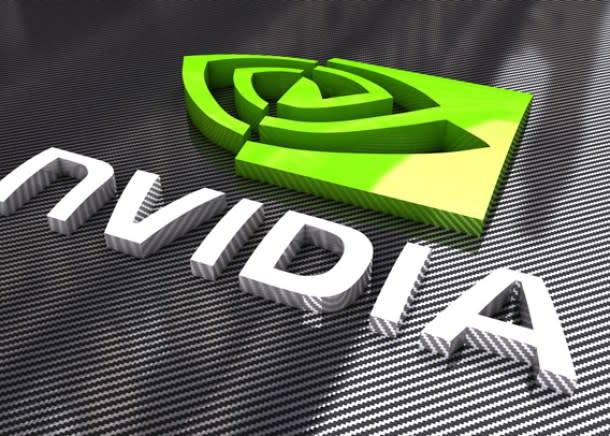NVIDIA updates Tegra 4i processor, adds LTE-Advanced support

In effort to curb ongoing market loss to Qualcomm and Samsung, NVIDIA has continued to aggressively upgrade its quad-core Tegra 4 mobile processor. The company on Tuesday announced that its Tegra 4i CPU, a variant of the Tegra 4 that includes an integrated LTE modem, has been updated to support LTE-Advanced networks with speeds of up to 150Mpbs, an increase from traditional LTE speeds of 100Mbps. NVIDIA notes that because of its “software defined radio technology” it can add support for new technologies with a simple software update, making the chip more future-proof than its competitors’. In the future, the company is also planning to update the processor to be compatible with voice-over-LTE technology. NVIDIA’s press release follows below.
[More from BGR: American ISPs are now hated even more than airlines]
NVIDIA’s mobile processor for mainstream smartphones – Tegra 4i, which includes an integrated NVIDIA i500 LTE modem, chewed through 150Mbps of LTE data in a demo this week at CTIA 2013 in Las Vegas.
[More from BGR: The gaming industry’s great hope finally arrives: Microsoft unveils Xbox One]
First shown at Mobile World Congress in February at Cat 3 100mbps, this Tegra 4i demo is fully based on a software update – no new hardware, no new processor. This showcases the adaptability and flexibility of NVIDIA’s software-defined radio technology.
Speed to Burn: Tegra 4i chewed through 150 Mbps of data in a demo at CTIA this week.
An additional advantage of the technology is its tiny size. Because the modem is designed with general purpose Deep Execution Processors (DXP), it’s 40 percent the size of a conventional LTE modem. The benefit is a fast, high performance, adaptable modem in a tiny footprint.
Tegra 4i’s modem is also multi-mode. It delivers 4G LTE Advanced and is backward compatible so it can offer LTE Cat 3, 3G, and 2G. That means it will work even where LTE networks aren’t available. Other LTE Advanced features will be coming soon in software.
The CTIA demo used a tester which emulates an LTE Cat 4 network because live local LTE Cat 4 networks don’t exist yet. In this demo Phoenix – the Tegra 4i reference smartphone – is connected to the tester and shows 150 Mbps.
We also demonstrated Phoenix running on a live AT&T LTE network – showing video streaming over LTE and voice calls. It’s a great proof point of our strong progress in Tegra 4i modem stability and performance.
This article was originally published on BGR.com

